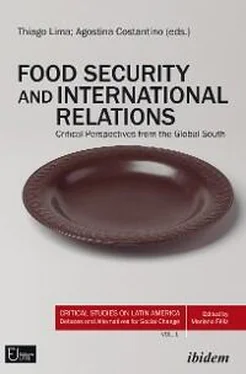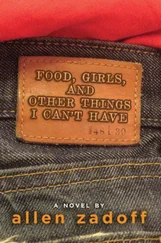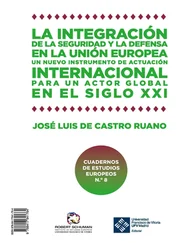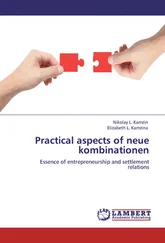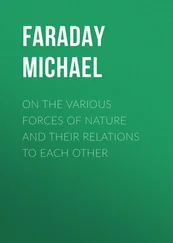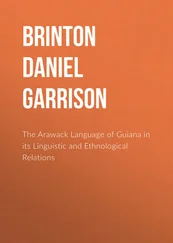ibidem-Press, Stuttgart
Table of Contents
CHAPTER 1—INTRODUCTION. Food, Human Security and International Relations: Relations of Humanity? CHAPTER 1—INTRODUCTION. Food, Human Security and International Relations: Relations of Humanity? Thiago Lima (UFPB); Agostina Costantino (IIESS, UNS-CONICET); Laís Forti Thomaz (UFG); Raquel Maria de Almeida Rocha (USP)
CHAPTER 2 Contours of Food Security Challenges in Neo-liberal India
CHAPTER 3 Legal Dimension of the Human Right to Adequate Food and Public Policies
CHAPTER 4 Brazil and the Diplomacy to Fight Against Hunger and Poverty
CHAPTER 5 Practicing the Principles of South-South Cooperation: The Methodology of the Centre of Excellence Against Hunger
CHAPTER 6 Maize and the World Market: a History of Racism, Commodification, and Resistance
CHAPTER 7 International Food Aid and Genetically Modified Organisms: the Case of the United States
CHAPTER 8 From Food Insecurity to Food Dependence: Pattern of Land Accumulation and Land Grabbing in Argentina
CHAPTER 9 China’s Food Security and Land Grabbing. The Case of Argentina.
CHAPTER 1—INTRODUCTION.
Food, Human Security and International Relations: Relations of Humanity?
Thiago Lima (UFPB); Agostina Costantino (IIESS, UNS-CONICET); Laís Forti Thomaz (UFG); Raquel Maria de Almeida Rocha (USP)
The present Era on Earth has been named the Anthropocene. This era began in the late eighteenth century, when the industrial revolution, advances in agriculture and medicinal innovations allowed humanity to act and live on a scale that was entirely different from earlier eras. Producing and Reproducing 1 1 This reflection is based on DANOWSKI, D. and CASTRO, E. V. Há mundo por vir? Ensaio sobre os medos e os fins . Florianópolis, Instituto Socioambiental, 2014. 2 A narrower approach focuses on the human consequences of armed conflict and the dangers they present to individuals—primarily civilians—by repressive governments and situations of state failure. This approach has a greater influence on the security agenda and focuses on threats to physical integrity rather than incorporating issues related to human development and empowerment, as in the earlier approach. Modern conflicts reflect a high level of civil wars and state collapse, resulting in a high rate of civilian victimization and displacement, particularly for women and children (EVANS, 2004; KRAUSE, 2004; MACFARLANE & KHONG, 2006) 3 The HDR tracks and monitors the progress of humanity and ranks countries with its Human Development Index (HDI). The UNDP also produces Regional Reports, which propose actions that would enable each country to achieve human development (UNDP, 2015; UL HAQ, 1995). 4 Both instruments of international law were made possible by the Canadian-led coalition and the advocacy efforts of the Human Security Network (HRH), comprising Austria, Canada, Chile, Costa Rica, Greece, Ireland, Jordan, Mali, the Netherlands, Norway, Switzerland, Slovenia and Thailand, with South Africa as an observer. Japan was invited but declined to participate due to the emphasis on humanitarian intervention and the constitutional restriction on using force without authorization from the UN Security Council.
. The number of human beings has grown dramatically over the last two centuries; plotted on a Cartesian graph, it has been a veritable rocket launch. For this dizzying explosion of the species to occur, the amount of food produced also had to increase. We now know that there is an excess—rather than a lack—of food for humanity. The issue is how to distribute this food and which criteria should be used (ZIEGLER, 2013).
The Anthropocene means—nothing more, nothing less—that humanity is now able to affect the geophysical functioning of planet Earth. The magnitude of this is truly remarkable. Humanity’s activities became so powerful that they unwittingly changed the climate of the globe. For those of us alive now, we are in a somewhat different situation, as we understand what is happening. It is distressing to realize that we may be forced to live with the consequences of our ancestors’ decisions. It is reassuring, however, to think that something can be done to mitigate the consequences for the people still to come.
The concept of the Anthropocene did not arrive with a sense of celebration. It is not an award recognizing the progress of humanity. Rather, it is a warning that humanity may have produced and reproduced to such an extent that it unleashed factors capable of leading, if not to the end of the world, then at least to extremely serious ecological cataclysms that are likely to intensify conflicts around the world.
Conflict. A word that reminds us that the idea of “one Humanity” is—still?—illusory. Most of the social sciences were developed to address a fact inherent to the human being: people are divided into groups that conflict with one another. However, the groups themselves are a sign that conflict is not a solitary dynamic: it is possible to cooperate and to offer solidarity. But on what scale? Among nations? With our fellow citizens?
To think about the possibilities of cooperation and solidarity for the elimination of hunger, it is essential to refer to the report on “The State of Food Security and Nutrition in the World,” organized annually by the Food and Agriculture Organization (FAO) of the United Nations (UN). The FAO (2018) indicates that over the last three years, the absolute number of undernourished people has increased to 821 million, or approximately 11% of the world’s population. After several years of decline, the number is similar to that in 2010. However, if we go back to 2005, there were 945 million people facing chronic food shortages. The absolute number of undernourished people has thus been falling, but very slowly given the urgency of the problem, and unfortunately, this decline is not irreversible.
The global distribution of hunger is quite heterogeneous. The problem was virtually eliminated in North America and Europe, where it is reported that less than 2.5% of the population was experiencing hunger in 2017. In other regions, the scenario was as follows: Africa, 20.4%; Asia, 11.4%; Latin America and the Caribbean, 6.1%; and Oceania, 7%. Although the percentage of people in the world who are experiencing hunger has steadily declined in recent decades, we cannot overlook the fact that this rate has increased in recent years in all subregions of Africa, as well as parts of Asia, Oceania and South America. The intensification of social inequality in the United States may exacerbate the situation there. This reminds us once again that progress—which is being made extremely slowly—is not irreversible.
The leading causes of hunger today are adverse weather events, the prevalence of armed conflict and economic crises (FAO, 2018). Although there are some exceptions in the case of the first cause, the latter two are undoubtedly the result of human action. However, if we adopt the perspective of Amartya Sen (2008), even though not all hunger has human causes, it is possible to argue that since the mid-twentieth century, all hunger has been allowed by humans. In other words, if there is food and the technical means to deliver it to the hungry, there are only undernourished people because there is no policy for providing those people with food.
Politics and economics converge on this point: while economic growth is important, it does not guarantee any reduction in hunger, at least not on the possible scale. The intensifying concentration of wealth around the world, given the continued persistence of millions of hungry families, demonstrates that economic interests are not guided by humanity. In Brazil, 71 million people held 50% of the national income in 2015, while 1.4 million accounted for 28% of the country’s wealth. The government failed to regulate that distribution and protect the country from the threat of returning to the Hunger Map in 2018. The number of people in extreme poverty in Brazil jumped from approximately 5.1 million in 2014 to approximately 10 million in 2016, and there is no reason to expect any improvement (RBA, 2018; G1, 2018). For our neighbor, Argentina, undernourishment and food exports have grown alongside each other in recent years, as analyzed by Costantino in Chapter 6.
Читать дальше
